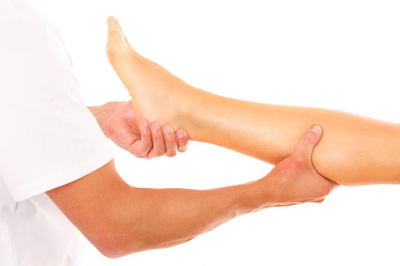Cerebral palsy is the result of damaged neurological development in the motor
areas of the brain. This weakens the body’s ability to control movement, but
does not directly affect intelligence. Some people with cerebral palsy are
mentally retarded or have learning disabilities and some do not. The condition
isn’t contagious or inherited, and the symptoms can differ slightly from person
to person. While it usually affects the ability to move voluntarily, you may
also suffer symptoms of involuntary movement of the hands or arms. Some people
will suffer from a severe form while others will have very mild symptoms.
Spastic Muscles
According to Neurology Channel the symptoms of cerebral palsy can be simple,
such as having difficulty with fine motor tasks like writing or using a
scissors. Or the symptoms can be more severe, resulting in an inability to walk
or maintain balance. These symptoms are the result of the same spastic muscle
control but are on a continuum of the very mild to the very severe. The most
common type of cerebral palsy is spastic cerebral palsy , which refers to the
hallmark symptom of spasticity in the muscles. Spasticity refers to increased
muscle tone that can cause the muscles to have a permanent stiffness and will
lead to contractures of the arms and legs as a person grows through adulthood.
The person will have difficulty controlling the muscles that are affected by the
spasticity, and the muscles will appear to be "stiff" if the joint is moved
passively. This stiffness in the muscles can result in an inability to walk,
stand, write or eat.
Movement Disorder
Another symptom of a different form of cerebral palsy is athetoid movements.
These are movements or motions of the arms, legs, neck or face that are
involuntary. According to the Neurology Channel, if you have athetoid movements
your legs, arms or neck will have slow, writhing movements that are not
controllable. The muscles of the face and tongue can also be affected. This
causes grimacing and drooling as well as trouble eating and swallowing. You may
require assistance with eating to prevent starvation.
Perceptual Problems
The third major symptom of cerebral palsy affects perceptual abilities and is
called ataxic cerebral palsy. According to the National Institute of
Neurological Disorders and Stroke, ataxia is the most rare symptom of cerebral
palsy that affects balance and depth perception. You will have poor coordination
and walk unsteadily with a wide-based gait. The ataxia also makes intentional
movements such as buttoning a shirt extremely difficult and can induce an
intense tremor with voluntary movement, such as reaching for an object.
Post-Impairment Syndrome
Post-impairment syndrome is a combination of symptoms that affect adults with
cerebral palsy. According to the National Institute of Neurological Disorders
and Stroke, this combination includes fatigue, pain, arthritis and weakness that
is often a part of daily life. This symptom is due to the muscle abnormalities
and bony changes that happen as you age with cerebral palsy. You can use three
to five times more energy each day than an able-bodied person just to complete
your daily living activities. This extra expenditure of energy combined with the
spasticity and extra wear on the joints is a hallmark symptom of adults who
suffer from cerebral palsy.


No comments:
Post a Comment